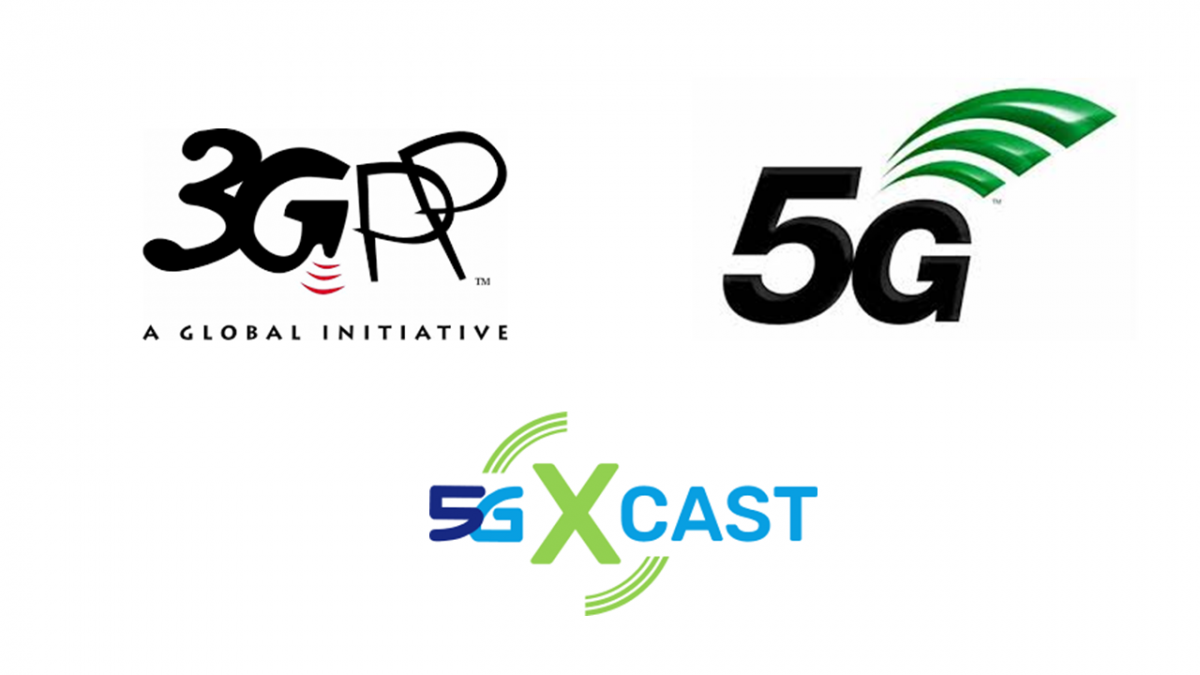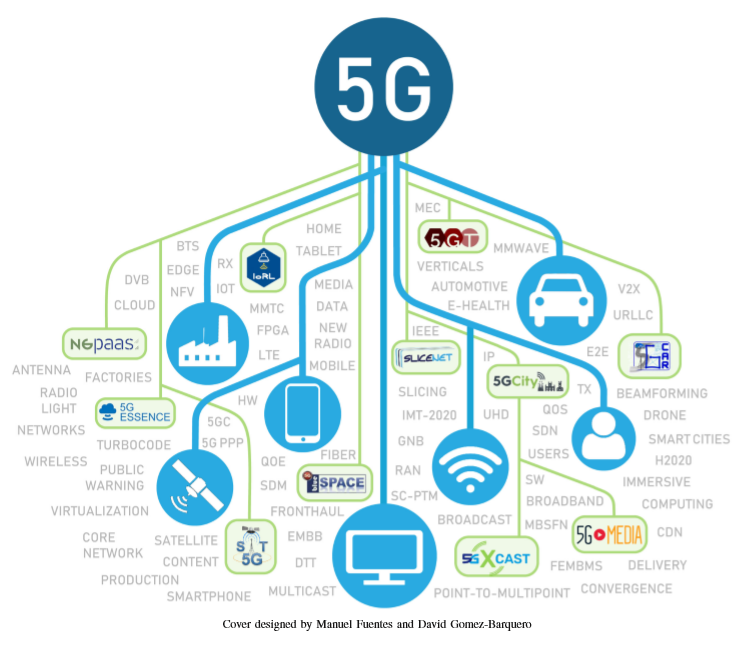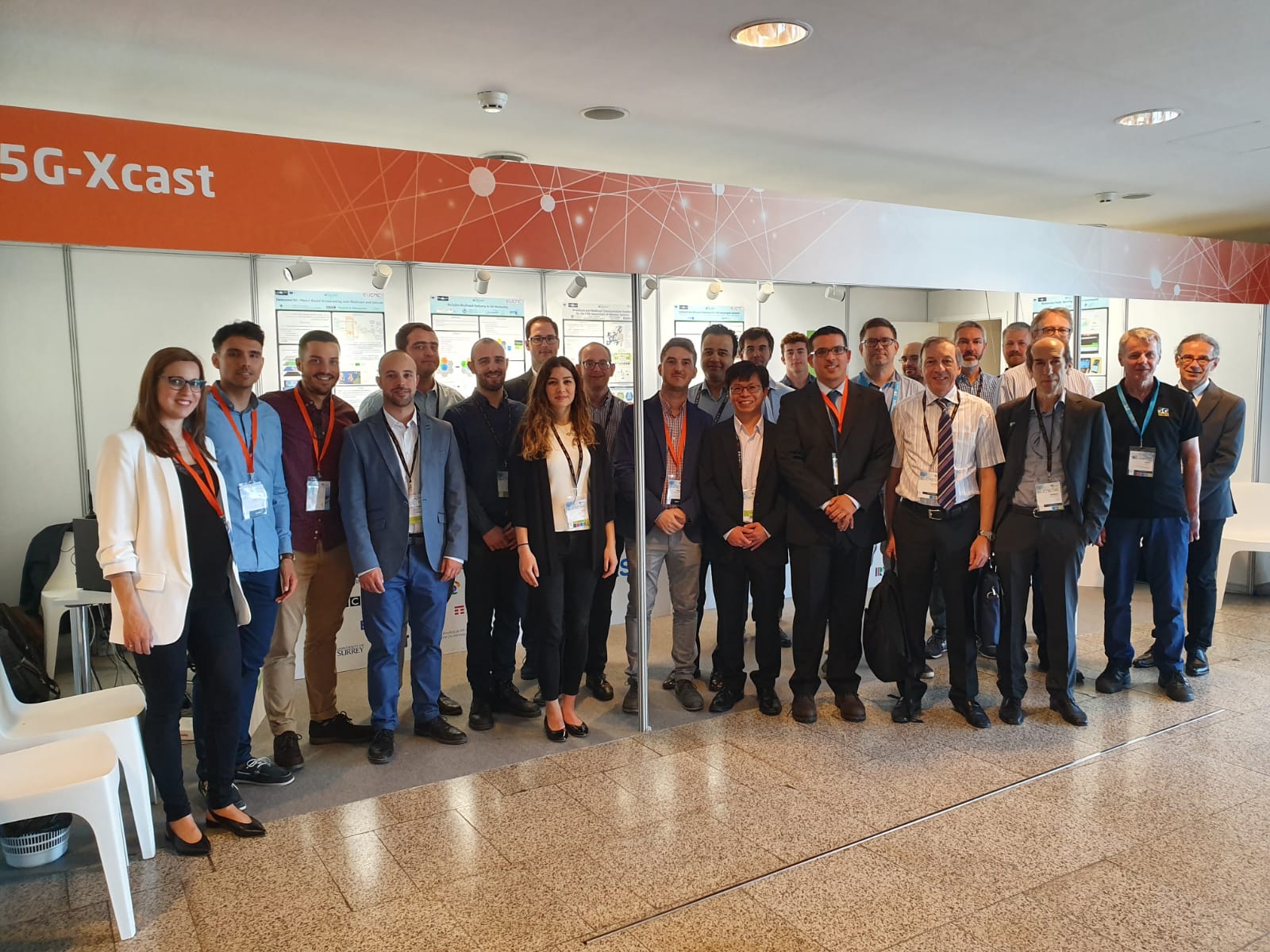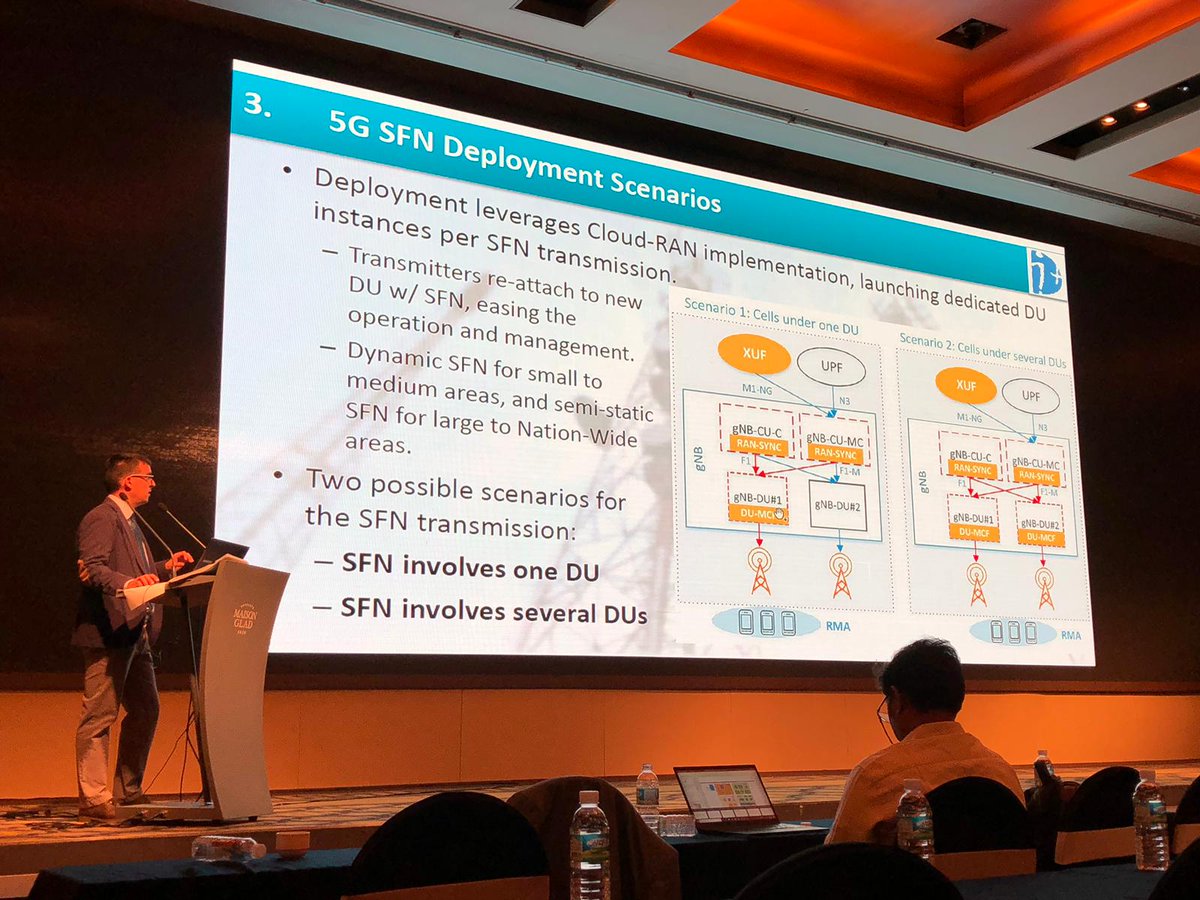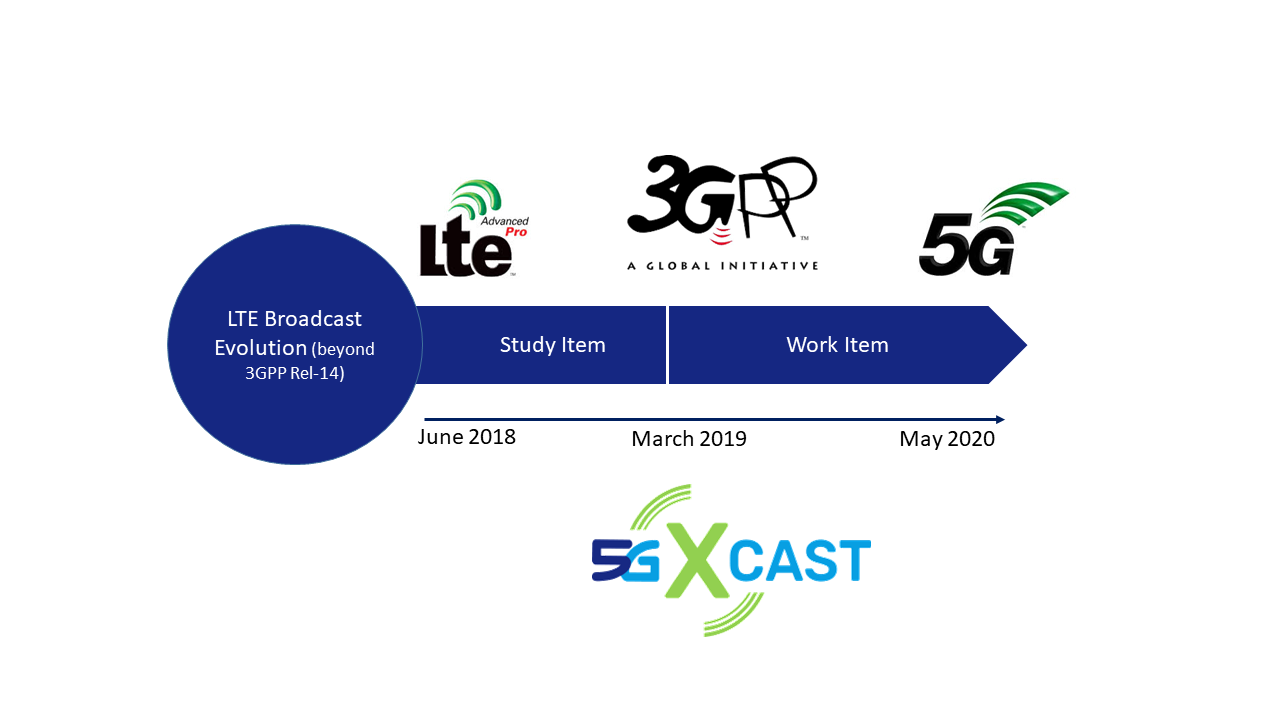As part of the normative work carried out in Release 16, 3GPP approved the Study Item on architectural enhancements for 5G multicast-broadcast services (SP-190253) during the 3GPP SA plenary meeting held 20-22 March in Shenzhen, China. The goal of the study led by Huawei in 3GPP SA2 group is to identify and evaluate potential enhancements to the 5G system architecture in order to provide multicast-broadcast services which might be used for different vertical businesses.
Building over the existing 5G system where multicast capabilities are not included, the study aims at defining the framework between the radio access network (RAN) and the core network to support multicast and broadcast services in different verticals such as group communications, IoT applications, V2X applications or public safety as well as other applications like ad-hoc multicast/broadcast streams and software delivery over wireless. Additionally, the study targets the support of different levels of services such as transport mode only and full service modes, as well as enabling flexible network deployments and operations. It should be noticed that the study will not address requirements for Enhanced TV services, including the support of receive only mode; thus potentially impeding the study and integration of all multicast and broadcast capabilities in a single 5G NR solution.
The work carried out will be applicable to both E-UTRA and NR access technologies, assuming a generic solution valid regardless of the 3GPP Radio Access Technology. The analysis, results and conclusions of the study will be gathered in 3GPP TR 23.757, whose completion is scheduled towards June 2020.
As supporting individual members, different 5G-Xcast partners such as Telecom Italia, One2many, Expway and Nokia together with some Advisory Board members like Ericsson and LG Electronics backed the study proposal. This aspect proves the 5G-Xcast influence on 3GPP standardization, showing the impact of the consortium towards the completion of a full multicast and broadcast 5G solution in future releases.
The approval of this Study Item is called to set the first stone towards the introduction of multicast and broadcast capabilities in the existing 5G architecture, opening the door to the design of a potential RAN multicast/broadcast solution towards Release 17.
